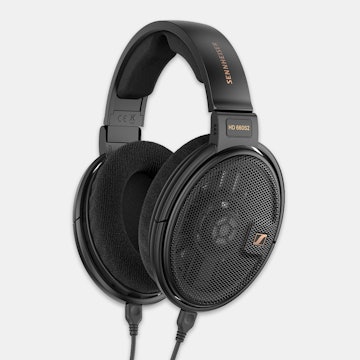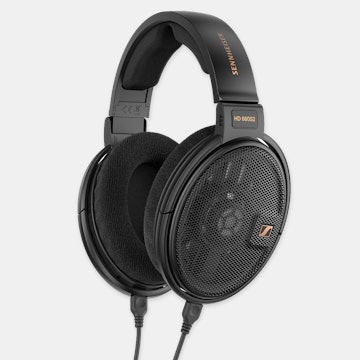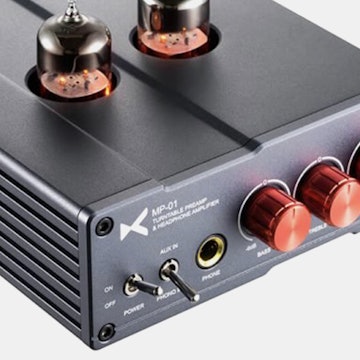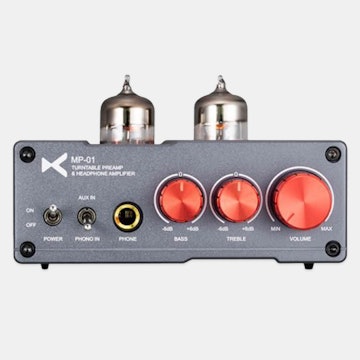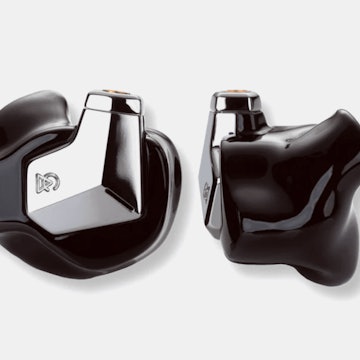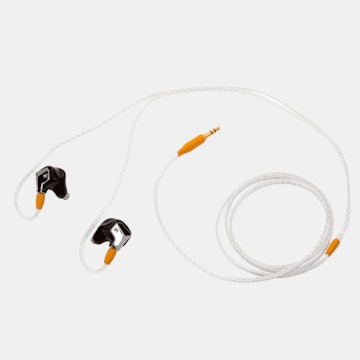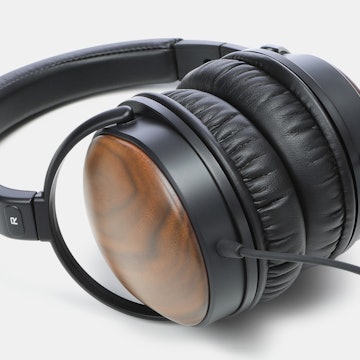Click to view our Accessibility Statement or contact us with accessibility-related questions













Showing 1 of 31 conversations about:

eeagle
43
Dec 11, 2018
bookmark_border
Head-Fi has a nice thread going comparing the newest beyerdynamic Tesla's:
Beyerdynamic DT 1990 Pro vs Beyerdynamic Amiron Home
Like others I chose the DT 1990 and have not heard the Amiron. The 1990 comes with 2 sets of pads giving the more fun balanced 990 sound or analytical sound closer to the 880 or T1 signature; the downside is the 1990 cannot be used with balanced cables and of course the Amiron can, so it likely a great choice for half the price of a T1 gen 2.

GiantHeadphoneSquid
639
Dec 12, 2018
bookmark_border
eeagleI had no idea the DT1990 couldn't handle balanced.
Beyer have really become a pathetic shadow of their former selves, hard pass on these Tesla gen jokes.

GiantHeadphoneSquid
639
Dec 13, 2018
bookmark_border
UzuzuBeyer is a meme. Balanced is legit (https://en.wikipedia.org/wiki/Differential_signaling).
Only a piddly 250 ohms, still stuck single ended. . . far better off keeping Rapid Reflex, back when Beyer knew a thing or two about dynamics ;)

Uzuzu
1431
Dec 13, 2018
bookmark_border
GiantHeadphoneSquidYeah, no difference you can HEAR. Balanced amps tend to just have ridiculous output power which lends to the better sound meme. Throw me a SE and Balanced amp with the same parts and output power, they're going to sound exactly the same.

GiantHeadphoneSquid
639
Dec 13, 2018
bookmark_border
UzuzuMost people claim they can't hear improvement between a decent pair of sub $50 headphones to the best rigs nerds like you or I can imagine. So I guess that makes YOU the meme then, right?
As an engineer, I tend to side with the physics wherever possible (for me, signal fidelity is as much a meditation as the rest of the process), but you're welcome to overpay for whatever eurotrash your heart desires, friend.

Uzuzu
1431
Dec 14, 2018
bookmark_border
GiantHeadphoneSquidI guess me testing and hearing the difference among flagships on balanced and not was a meme then. My bad.

GiantHeadphoneSquid
639
Dec 14, 2018
bookmark_border
UzuzuAh yes, the old, anecdotal 'appeal to personal experience fallacy' meme!
https://yourlogicalfallacyis.com/anecdotal



Uzuzu
1431
Dec 14, 2018
bookmark_border
GiantHeadphoneSquid Boy I love elitist snobbery. Tell me how that .00001 difference gets your rocks off while you sneer at people with a setup under 1000 dollars.
Come back when you can see past your upturned nose.
inb4 I use meme you use meme and use meme again
inb4 you reply to this with more dull-crafted wit



The_Jniac
322
Dec 15, 2018
bookmark_border
GiantHeadphoneSquidClearly not an electrical engineer, since if you were, you would know that balanced output from a headphone amp is pointless. Balanced exists for noise rejection, or allowing a higher power output for the same power consumption, neither of which have any relevance for headphones. Regardless of whether you are sending 4V on one line and 0V on the other or 2V and -2V, the driver is still receiving a 4V signal. Balanced "sounds better" because nobody bothers to volume match properly. Even Benchmark Audio stated that balanced output offers nothing beneficial for headphones.

GiantHeadphoneSquid
639
Dec 15, 2018
bookmark_border
The_JniacMASc in EE. Noise rejection is pointless for headphones huh? If you say so, tex, lol.
Balanced cables are immune to common mode interference, which is why they are employed up the signal chain in systems where EMI shielding is desired:
https://en.wikipedia.org/wiki/Differential_signaling
https://en.wikipedia.org/wiki/Balanced_line#Balanced_and_differential In particular from the latter: 'Essential in a balanced line is matched impedances in the driver, line and receiver. These conditions ensure that external noise affects each leg of the differential line equally and thus appears as a common mode signal that is removed by the receiver' But hey, go ahead and assume that it's just due to volume matching, I'm sure that us EMC folks are just making shit up.
https://en.wikipedia.org/wiki/Balanced_line#Balanced_and_differential In particular from the latter: 'Essential in a balanced line is matched impedances in the driver, line and receiver. These conditions ensure that external noise affects each leg of the differential line equally and thus appears as a common mode signal that is removed by the receiver' But hey, go ahead and assume that it's just due to volume matching, I'm sure that us EMC folks are just making shit up.

The_Jniac
322
Dec 15, 2018
bookmark_border
GiantHeadphoneSquidUp in the signal chain, yes, but even there, it is only really relevant in pro applications where there is lots of potential noise sources and long cable runs to pick up that noise. However, the signal coming out of an amp is strong enough to mask the interference, unless one is routing their headphone cable through a microwave. Some IEMS might benefit in certain circumstances, but full-size headphones are not efficient enough to need the common mode rejection.

GiantHeadphoneSquid
639
Dec 15, 2018
bookmark_border
The_JniacIEMs or high sensitivity overears, like say my Fostex sure, on the other end of the scale T60RPs are thirsty enough they can benefit from the power in high range recording (as hypothetically, might a balanced 600 ohm update of the good ol DT880s). But ultimately this is just one of many aspects of my system that I bother to ensure is as far below transparency as even a meager informed budget allows.
Is that OK with the psychology department ;) ?
monte081
5
Jan 12, 2019
bookmark_border
The_JniacWith all due respect, this electrical engineer begs to differ. :)
In your own words, "up in the signal chain", which translates to "DAC" these days, use of differential signals does make sense. With modern DAC's, availability of differential signals on the output is practically the norm. The driving force behind that trend is noise rejection to a certain degree, but even more the importance of the amp bridging for the mobile applications. Where their power efficiency rules. My inexpensive Sabaj DA3 is powered from USB, and "balanced" mode of operation makes a huge difference. The wet dream of every DAC manufacturer is to add their device to the BOM of a cellphone. IMHO, the modern source for the headphone amp, now and in the future, is differential.
When it comes to the construction of the amp, differential to single-ended signal conversion is not an issue, and has been solved long time ago. Except an interesting motive pops up in the construction of "M cubed" (M3), headphone amp by AMB, well respected DIY project. That amp has 3 output channels, the common ground is actively driven. And the amp, apparently, works well.
For a long time, the amp bridging was frowned upon because of the inherent distortion. Two channels controlling the differential output are never the same, whatever component matching we do. Hence the distortion. What was neglected for a long time is the fact that with amp bridging, the effective requirement for channel power output is halved. And every amp that I ever listened to showed better linearity and signal quality at lower amplifications. :)
With all due respect, I think that amp bridging, the "ballanced" amp architecture, is likely to be re-evaluated and perfected in the near future. As for the cans, there will be two trends. Either total elimination of the wire in mobile applications, or a drive to 4 wire cabling where the ground is soldered at the connector for 3 pin connectors/traditional amps.
(Edited)
LL80
7
Sep 11, 2020
bookmark_border
GiantHeadphoneSquidIf you can prove that you will pass a blind test between balanced and normal cables, then you have my respect... My guess is that you CAN'T, like 99% of people...




